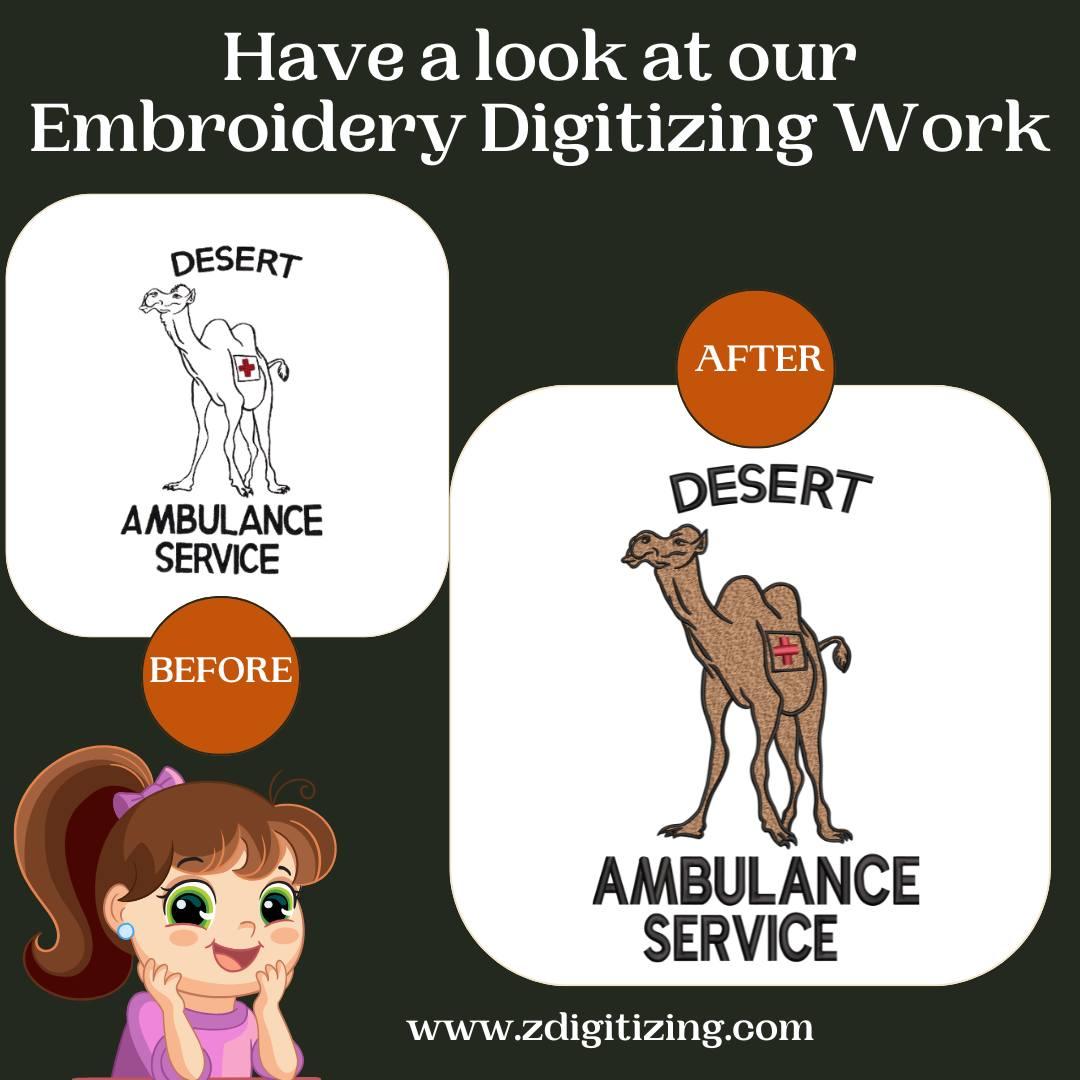Logo Digitizing: The Bridge Between Branding and Embroidery

In today’s fast-paced digital world, branding is more critical than ever. A logo isn’t just a symbol; it's the visual heartbeat of a business, conveying identity, professionalism, and values in a single glance. But what happens when you want to take your digital logo and bring it into the physical world, like on uniforms, caps, or promotional products? That’s where logo digitizing comes in.
What is Logo Digitizing?
Logo digitizing is the process of converting a digital logo (such as a JPG, PNG, or SVG file) into a format that an embroidery machine can read and execute. In other words, it’s transforming a static image into a set of stitching instructions. The result? Your brand logo is stitched with precision onto the fabric.
It’s important to understand that logo digitizing isn’t as simple as clicking a button. While software does assist in the process, a skilled digitizer must consider multiple factors like stitch types, fabric texture, thread color, design complexity, and machine limitations. When done right, digitizing ensures the embroidered logo mirrors the digital version as closely as possible.
Why is Logo Digitizing Important?
Embroidery machines don’t read image files the way screens do. Instead of pixels, these machines require a set of commands that tell them where to place stitches, what type of stitches to use, and in what sequence. Without digitizing, even the most beautifully designed logo can look messy or distorted when embroidered.
Here are a few reasons why digitizing is essential:
- Preserves Brand Integrity: A poorly digitized logo can misrepresent your brand. Professional digitizing ensures that your logo maintains its identity and clarity when embroidered.
- Supports Versatility: Once digitized, your logo can be embroidered on a wide variety of items like t-shirts, hats, bags, uniforms, and more.
- Ensures Quality Output: Proper digitizing takes into account fabric stretch, thread type, and stitch density, which all affect the final appearance and durability of the embroidery.
How the Digitizing Process Works
- Image Submission: The customer provides a high-quality image of the logo.
- Digitizing Software: A professional digitizer imports the image into specialized software like Wilcom, Pulse, or Hatch.
- Path Mapping: The digitizer creates a stitch path by outlining different parts of the logo and assigning stitch types satin, fill, or run stitches, depending on the logo’s design and the fabric.
- Test Run: A sample embroidery is done on a similar fabric to check for accuracy.
- Final Delivery: Once approved, the digitized file (usually in formats like DST, PES, EXP, etc.) is delivered for embroidery use.
Choosing a Logo Digitizing Service
While there are many DIY software options available, the best results often come from experienced digitizing professionals. Look for services that offer:
- Manual digitizing (rather than automated software conversions)
- Fast turnaround times
- Multiple file format support
- Affordable pricing without compromising on quality
- Willingness to make revisions
Reading customer reviews and checking sample works can also help ensure you’re choosing a reliable provider.
Final Thoughts
Logo digitizing plays a crucial role in bridging the gap between digital branding and real-world representation. It turns a static image into dynamic threadwork, bringing logos to life in ways that printing simply can’t. Whether you’re outfitting a corporate team or customizing merchandise, professional digitizing ensures your brand always looks its best, stitch by stitch.
- Art
- Causes
- Best Offers
- Crafts
- Dance
- Drinks
- Film
- Fitness
- Food
- Jogos
- Festival
- Gardening
- Health
- Início
- Literature
- Music
- Networking
- Outro
- Party
- Religion
- Shopping
- Sports
- Theater
- Wellness



